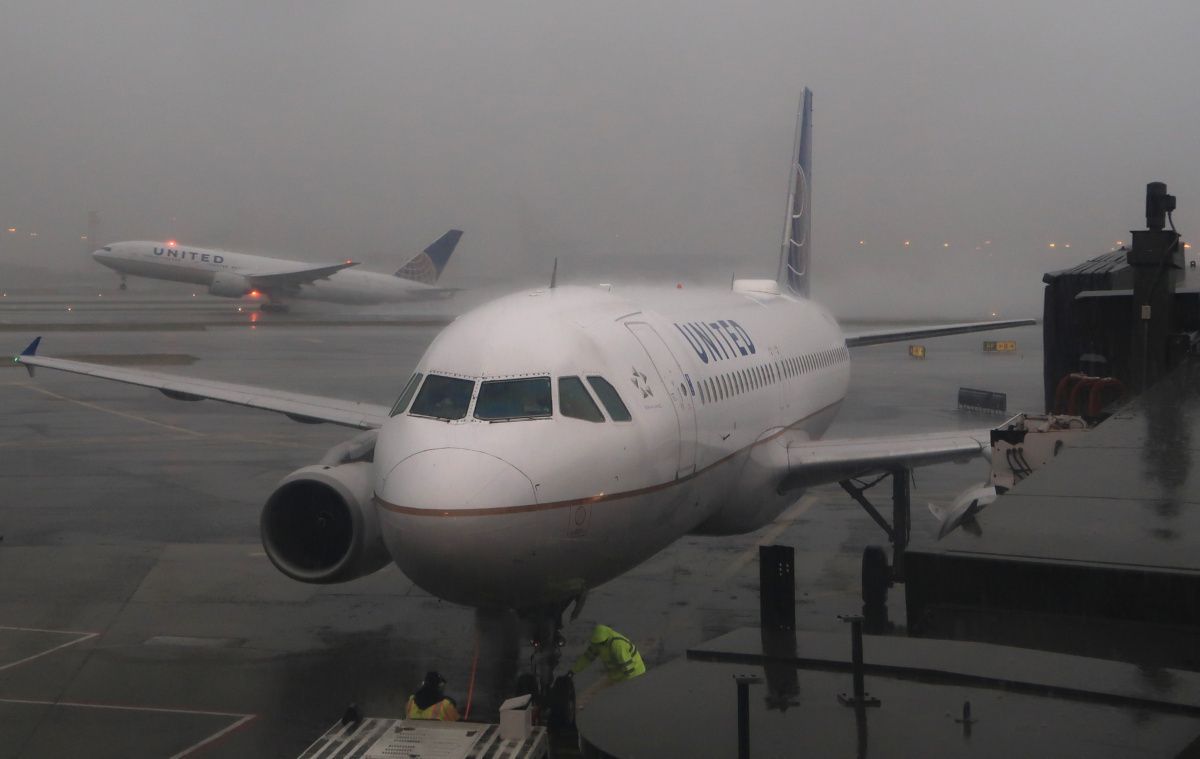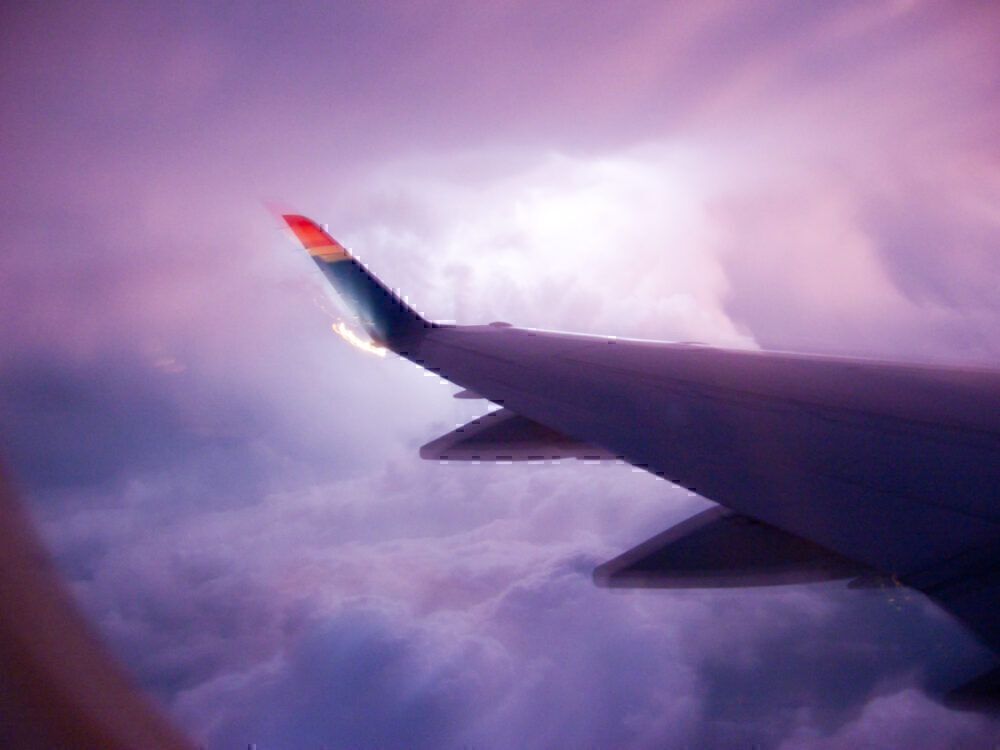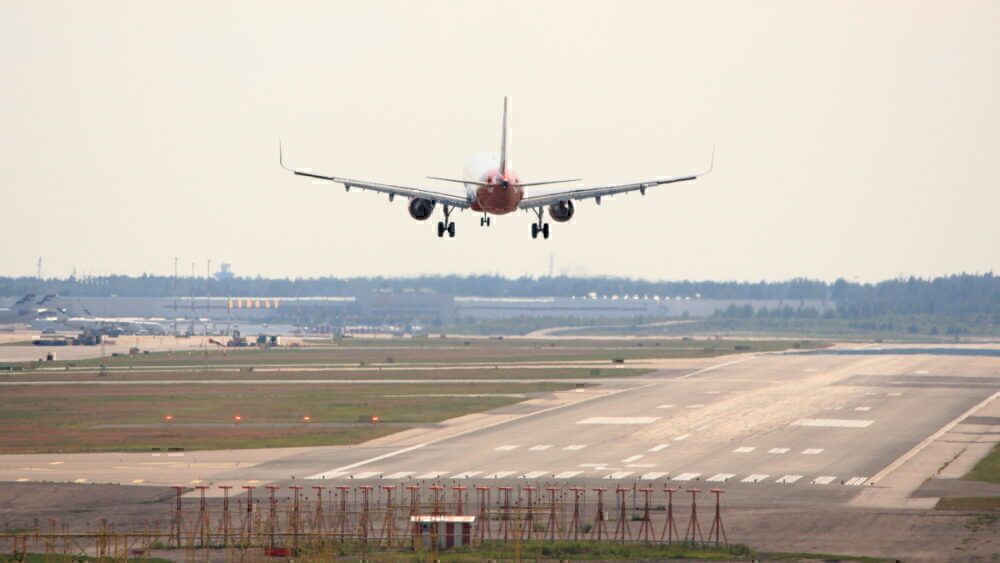Most of us will have experienced turbulence during a flight. The seat belt lights come on, and you have to stay seated while the plane flies through, what the captain often describes as "a bit of bumpy weather." Fewer of us might have even been aware that we have experienced wind shear. But what are turbulence and wind shear, and what's the difference between them?
What is turbulence?
Turbulence is among the most unpredictable weather phenomena that have a significant effect on an aircraft during flight. It is caused by the irregular movement of the air resulting from vertical currents and eddies. It is generally associated with weather fronts and conditions such as thunderstorms.
Turbulence can be as minor as a few uncomfortable bumps, or severe enough to throw an aircraft momentarily out of control or to cause structural damage. When the unstable air movement occurs close to the plane, it can cause chaotic pitching, rolling, and yawing.
The intensity of turbulence is usually classified as light, moderate, severe, or extreme. It is determined by the degree of instability in the air and the initial cause of the instability. The effect on the aircraft of the various intensities is as follows:
- Light — causes momentary slight erratic alterations to the altitude and/or attitude of the aircraft. Inside the plane, unsecured objects may move about, but there's no difficulty in walking, and cabin service is unaffected.
- Moderate — the aircraft remains in control, but there will be changes in altitude and attitude, and the indicated airspeed will vary. Unsecured items will be dislodged while walking and cabin service are difficult to manage.
- Severe — there will be large and abrupt changes in altitude and attitude along with substantial variations in airspeed. The aircraft might be momentarily out of control.
- Extreme — the aircraft will be violently thrown around and will be almost impossible to control. There may be structural damage. Passengers will have a strong desire to land!
The four causes of turbulence
There are four primary causes of turbulence:
- Mechanical turbulence is caused by friction between the air and the ground, particularly over irregular terrain.
- Thermal or convective turbulence is related to currents of warm air rising and cool air descending. A plane will experience bumpy conditions as it flies through the different currents.
- Frontal turbulence is the rising of warm air over the sloping surface of a cold front, causing friction between the opposing air masses.
- Wind shear, which is described below.
Wind shear
Wind shear is one of the causes of turbulence and is described as "the change in wind direction and/or wind speed over a specific horizontal or vertical distance." It occurs in certain atmospheric conditions, including along weather troughs and low-pressure areas, around a jet stream, and in areas of temperature inversion.
Vertical wind shear can be experienced at any level and is particularly associated with thunderstorms. It can have an impact on the aircraft's direction but mostly affects airspeed.
Horizontal wind shear is often experienced when crossing weather fronts or flying over mountainous areas. It causes the aircraft to make directional changes.
Wind shear can affect the safety of an aircraft. At high altitude, it can cause severe turbulence, while at low levels, the main concern is the avoidance of accidents, particularly during takeoff and landing.
So, in basic terms, turbulence is an area of unstable air which makes for uncomfortable flying. Wind shear is a specific and unpredictable weather phenomenon that is a contributory cause of turbulence.
Do you have experience of violent turbulence or wind shear during a flight? Tell us about it in the comments.



